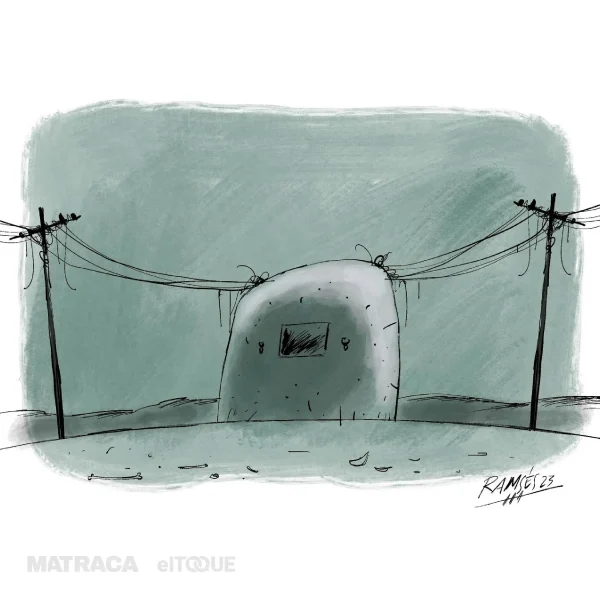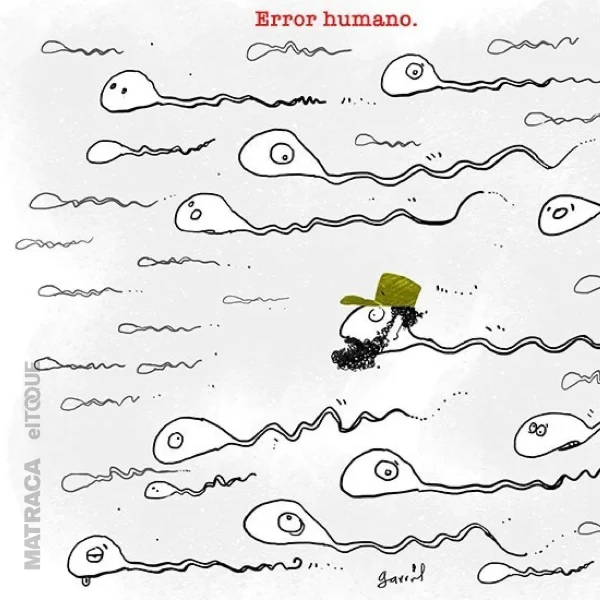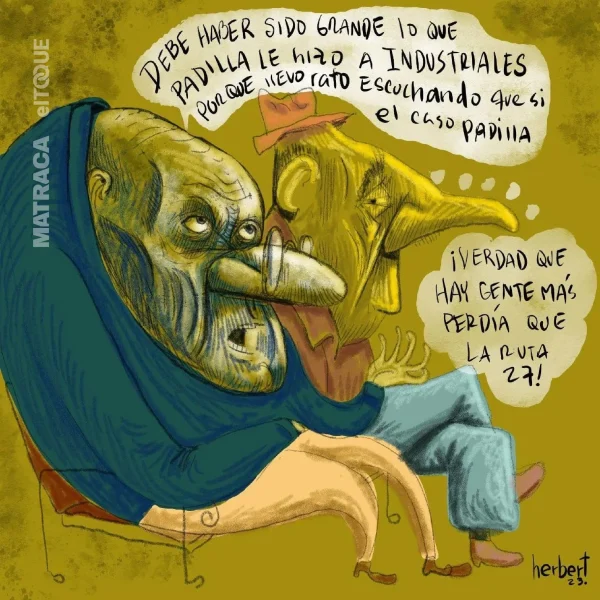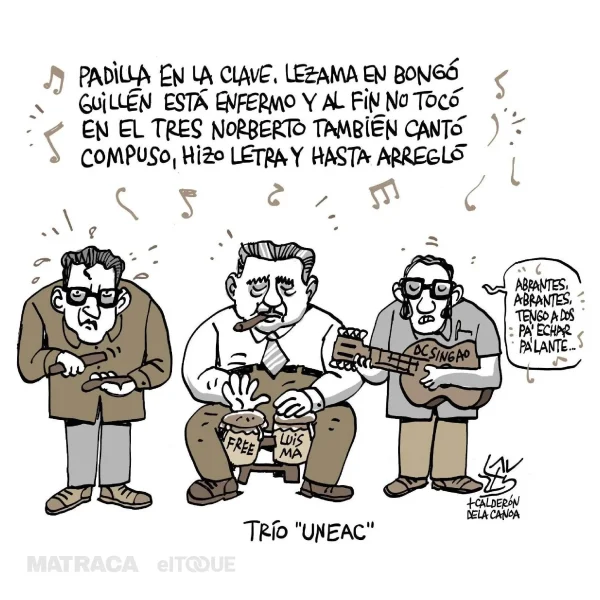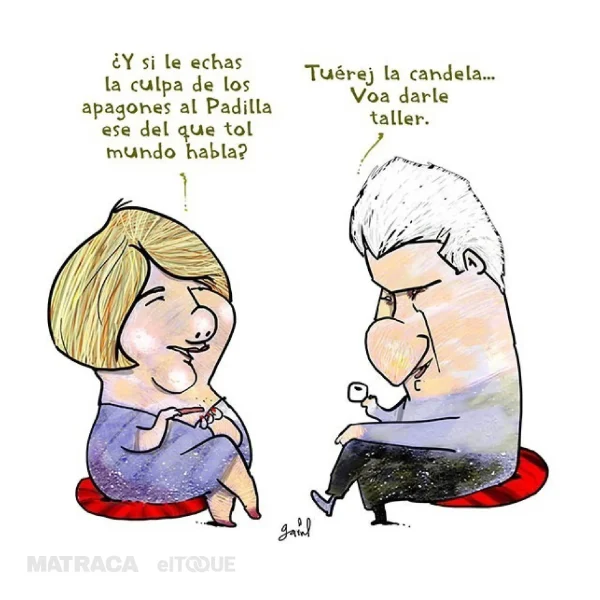Blackouts and the Resurrected Padilla Case
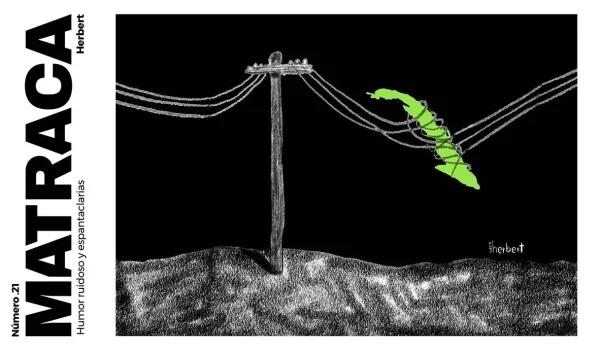
HAVANA TIMES – Cuba is once again without electricity. The cycle and torture of blackouts returns while the authorities find plenty of justifications. Massive outages, forest fires on high-voltage cables, automatic triggering of generating plants, human errors, deficit in generation capacity…, an endless number of reasons that always lead to the same place: darkness.
Herberto Padilla has also returned. He has returned because, more than half a century later, the extensive recording of one of the most miserable stories of Cuban Stalinism was unveiled. The self-criticism, the mea culpa, which, on the one hand, unmasked before the international intelligentsia the fallacy of autonomy to express and create under the all-embracing Revolution, and on the other, buried with fear and repression both the freedom of a generation of writers as the future of the country’s literary history.
The controversy in social networks was unleashed as a result of the documentary “The Padilla Case” by Cuban director Pavel Giroud and the demand of some to release the material that had served as a support for considering it heritage of national memory. The original material had remained under the protection of the Cuban State in the “Restricted Film Archive” within the Cuban Film Institute’s (ICAIC) Short Film Archive, according to Jorge Dalton. But, along with the controversy, the Cuban journalist and translator Jorge Ferrer released several fragments that he had in his custody.
Beyond the confrontations of ideas around the case, the most terrifying of all has been to see (see and live and verify) the horrific night of 1971 at ICAIC, the profound and satirical performance of Heberto Padilla, the unpleasant theater of self-incrimination of so many other intellectuals, and the evidence that the modus operandi has continued to be repeated. Likewise seeing Commissioner Quesada imposing what Fidel Castro had made clear long before “the most revolutionary artist would be the one who was willing to sacrifice even his own artistic vocation for the Revolution”.
